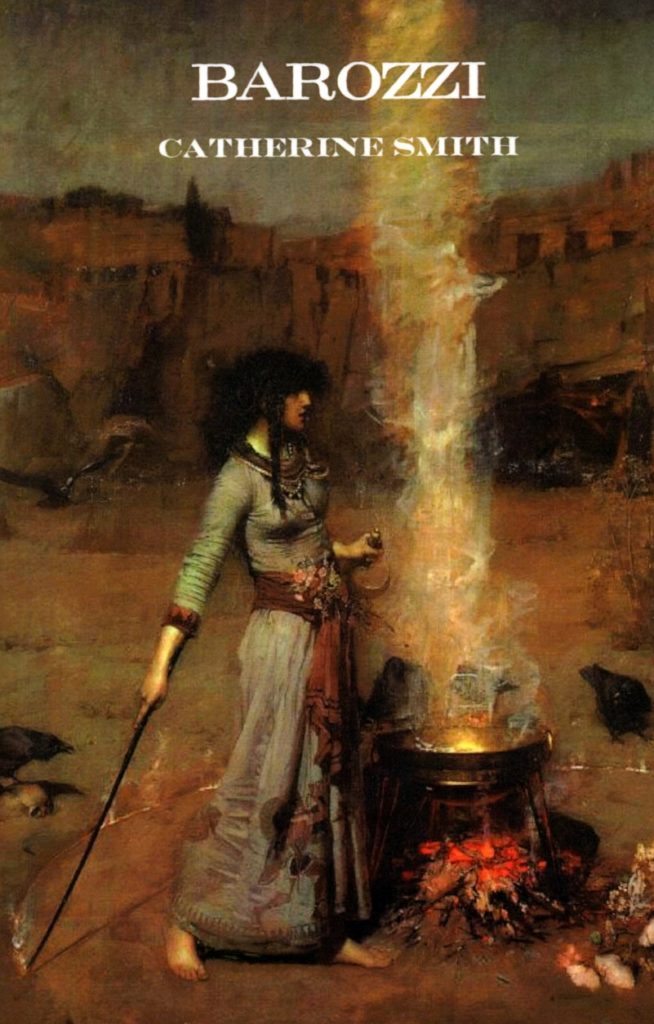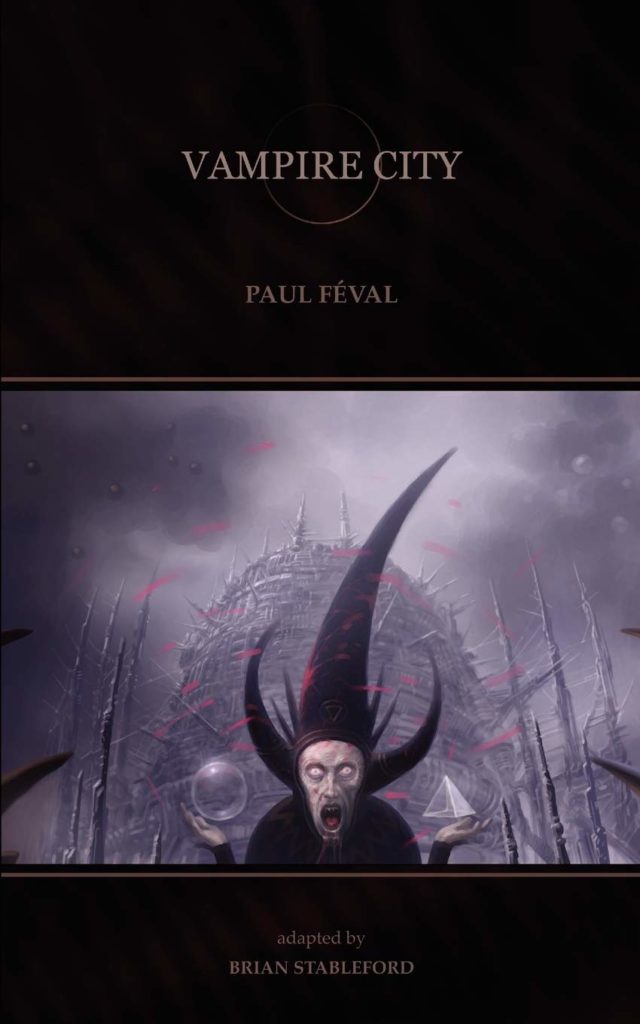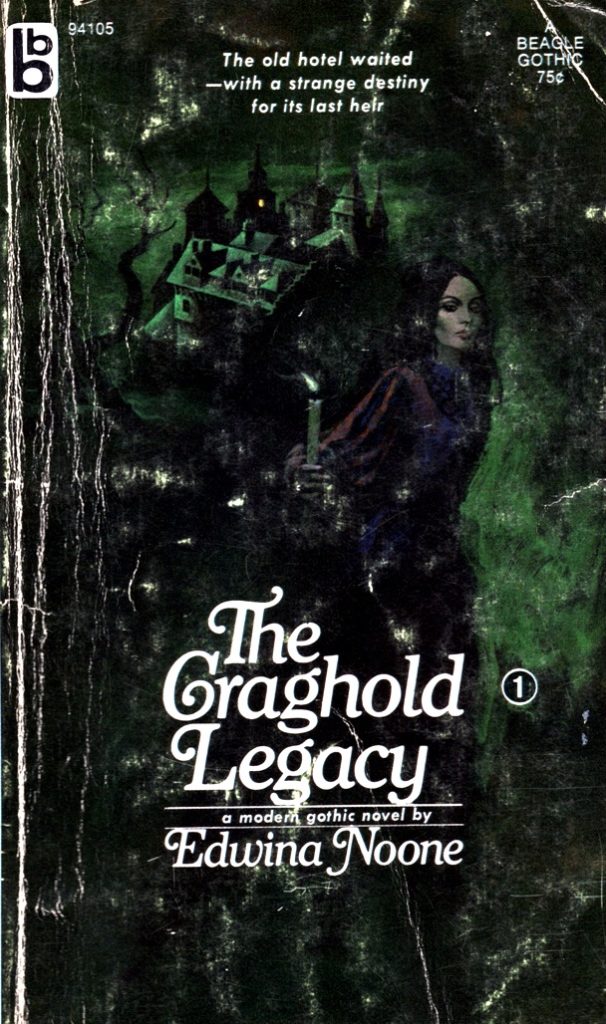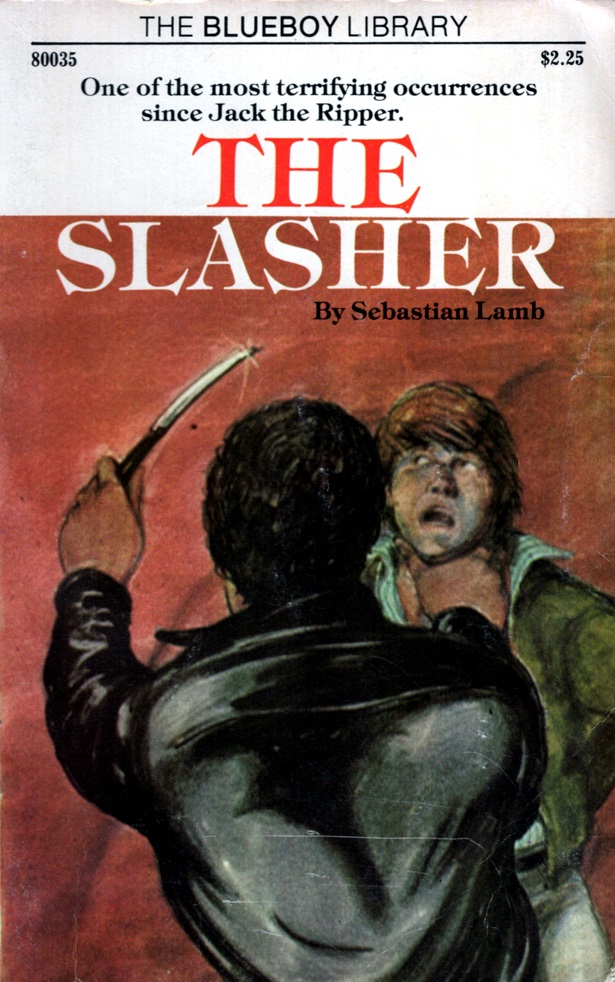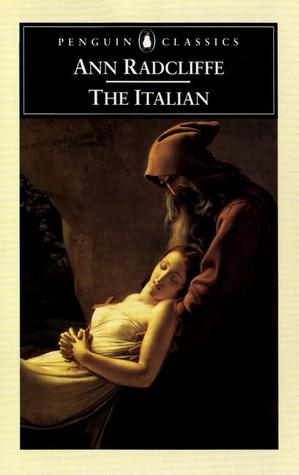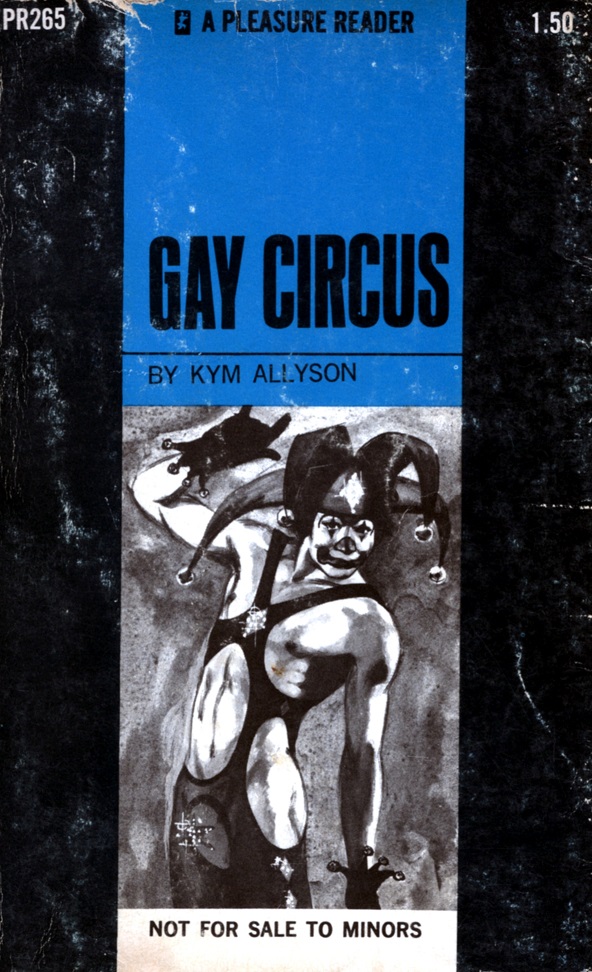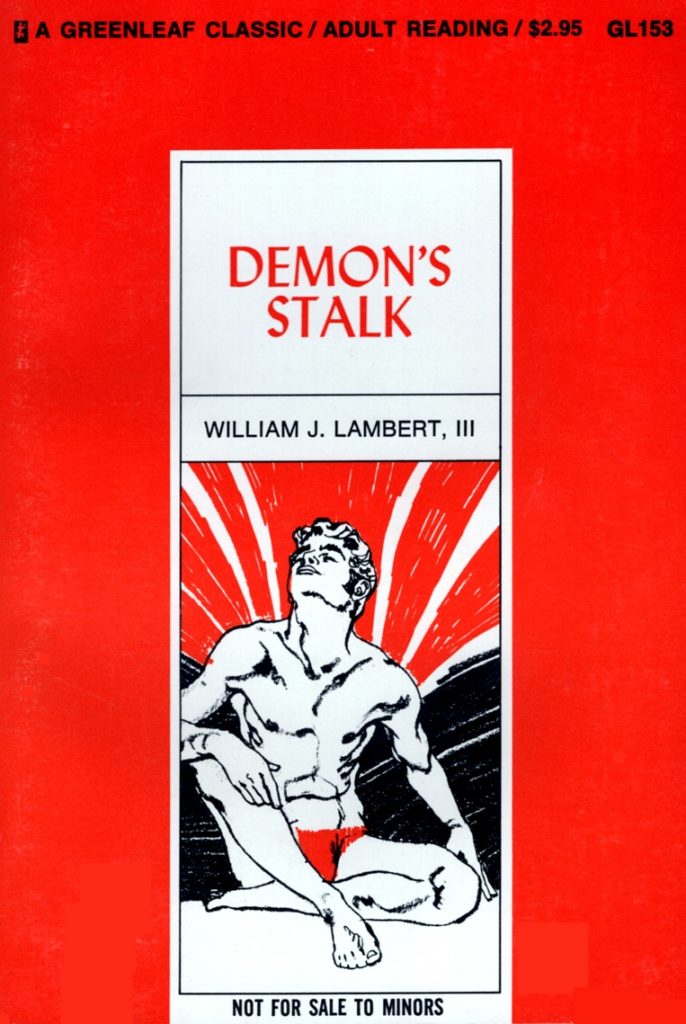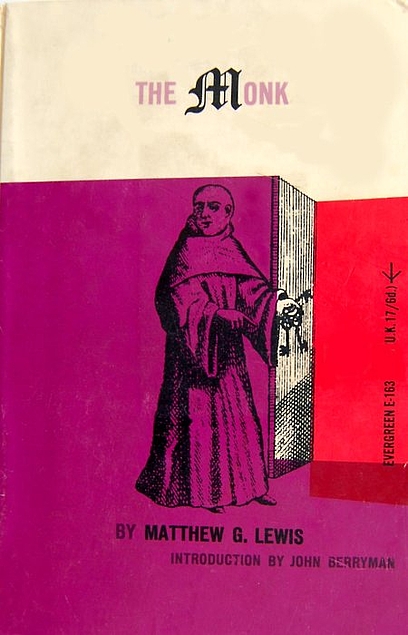
Among the controversial literary works published throughout world history, few have sparked the level of outrage and obsession associated with Matthew Lewis’ 1796 novel The Monk. Even before his book bugged out eyes all across London, the patriarch was feeling hesitant toward Gothic plots. On one hand, Ann Radcliffe’s narrative puzzleboxes were charmingly written. But on the other, her female characters were too pushy against their fathers, too resistant of assigned husbands, and too eager to run off on exotic adventures. A girl could get ideas reading such folly. What a mess that would be!
Read more “Matthew Lewis – The Monk (1796)”
